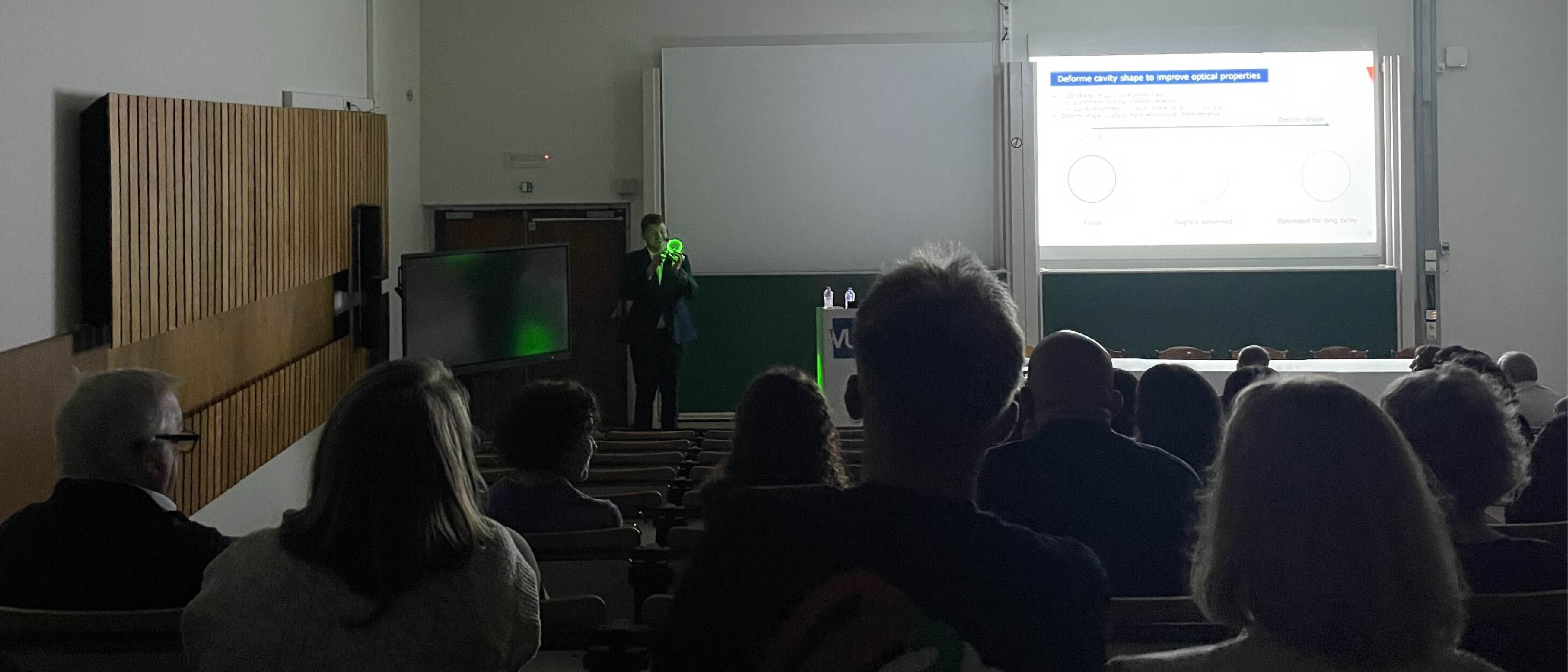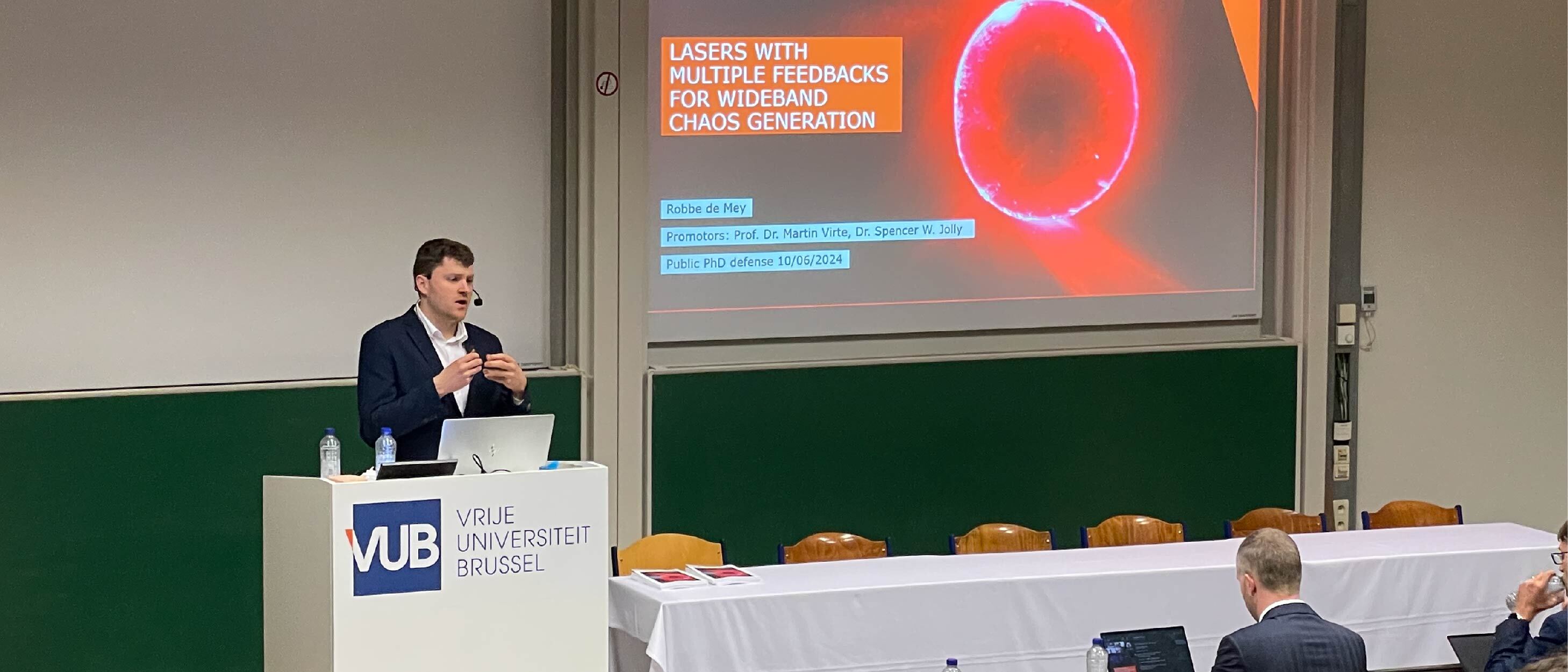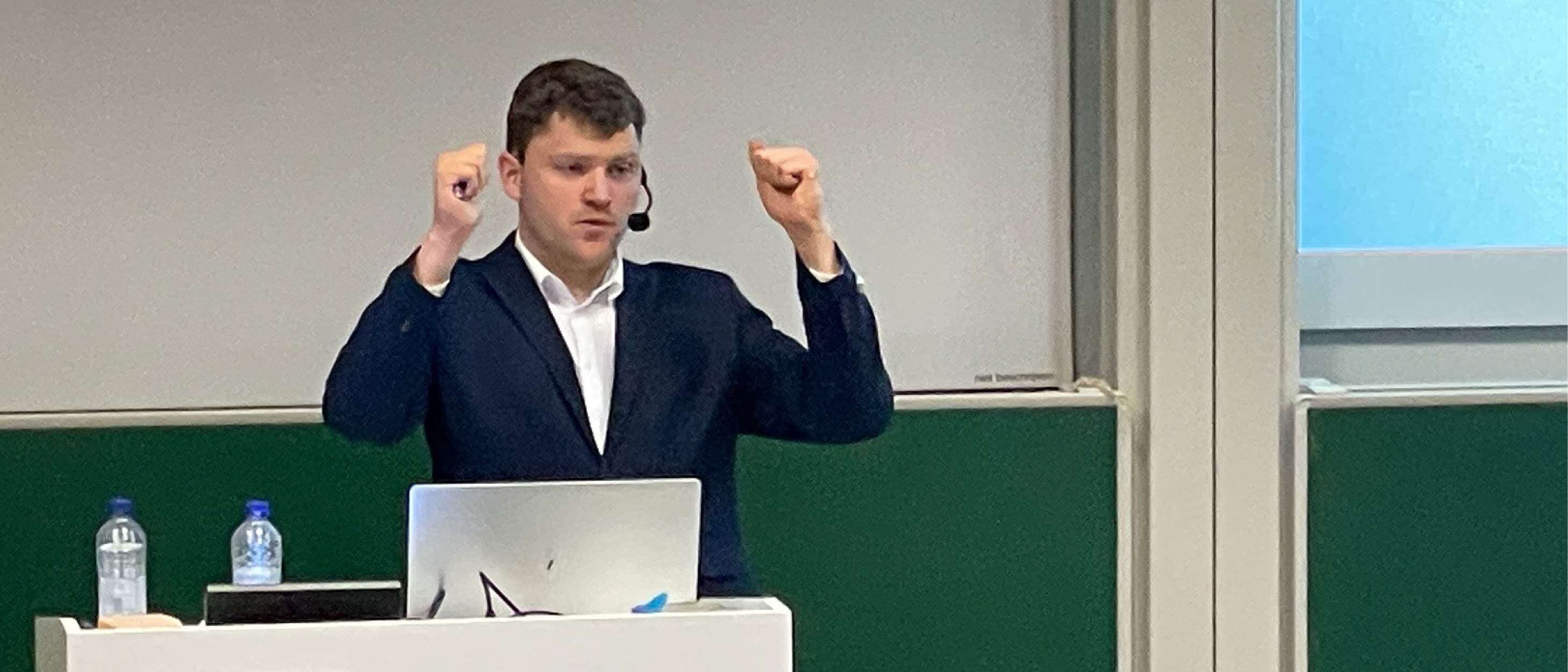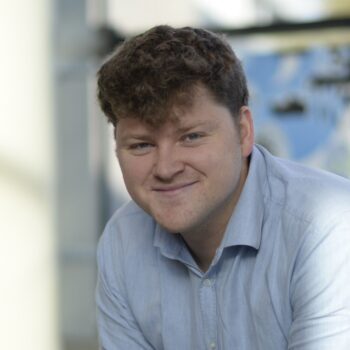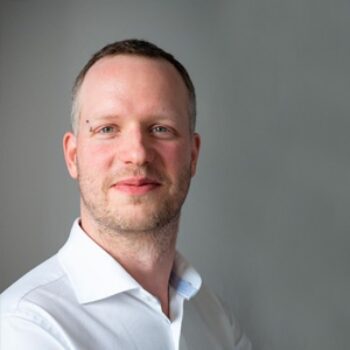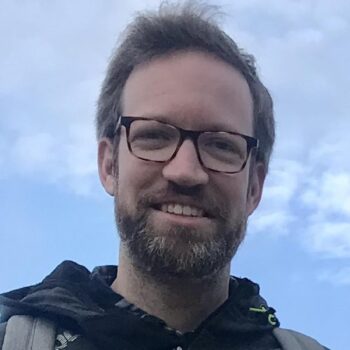Robbe de Mey successfully defends PhD 'Lasers with Multiple Feedbacks for Wideband Chaos Generation'
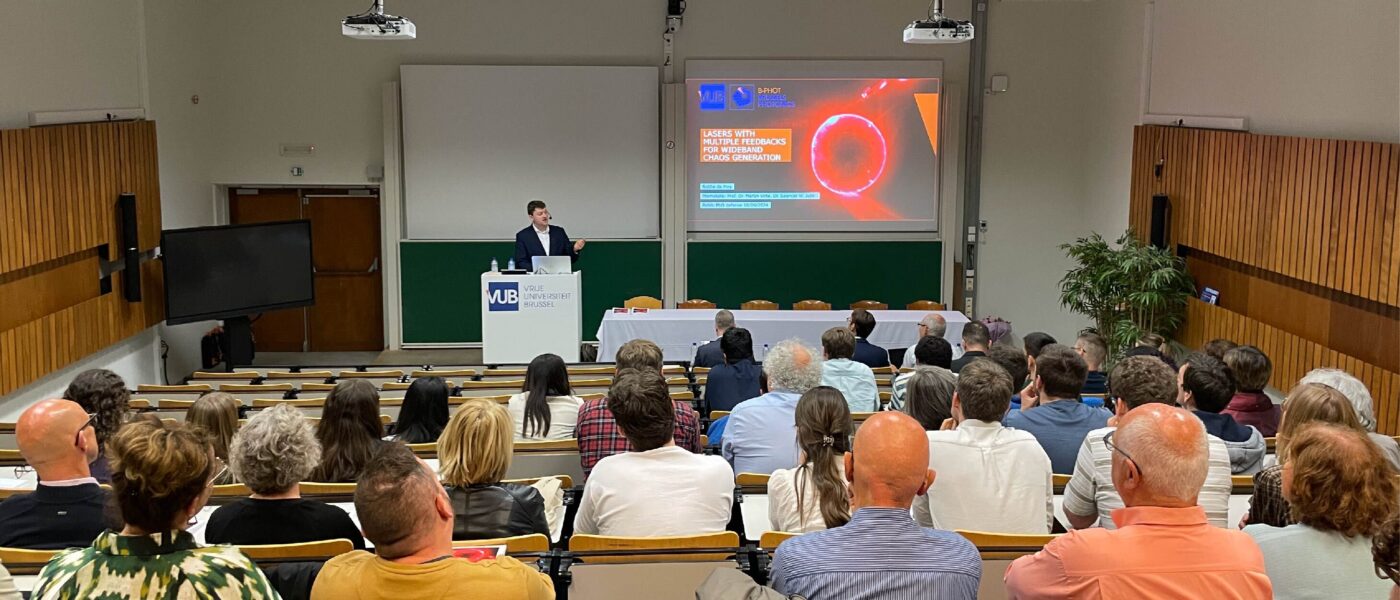
Robbe de Mey has successfully defended his PhD thesis entitled 'Lasers with multiple feedbacks for wideband chaos generation' in a public session on June 10, 2024. His research, supervised by Prof. Martin Virte and Dr. Spencer W. Jolly, explores innovative solutions in the field of optical chaos, pushing the technology towards potential applications in secure communication, chaotic lidar imaging, and random number generation.
Robbe's work paves the way for more efficient and compact solutions in the field of optical chaos, promising advancements in secure communication and beyond. "I am pleased to have reached this milestone," Robbe said after the defence. "I am grateful for the support of my promoters, colleagues, friends, and family throughout this journey. I look forward to the future with great anticipation."

Abstract
The unpredictable and random character of optical chaos can be used for secure communication, imaging with chaotic lidar, or for random number generation. Generating wide-bandwidth optical chaos can be achieved by coupling a semiconductor laser to optical feedback, i.e., a mirror at a distance. Using optical feedback is beneficial as it can be implemented on photonic integrated circuit platforms so that this solution would be widely deployable. However, three main problems currently stand in the way of the widespread use of these peculiar devices. First, the size of the system is too large. Second, the time-delay signature (TDS), the distance between the laser and the mirror, manifesting itself in the output signal, reduces the unpredictability. Third, the bandwidth of the optical chaos is limited and should be increased.
To address these problems, I propose to use multiple optical feedbacks. Specifically, I studied the laser dynamics due to double optical feedback or feedback from a deformed microcavity, so-called asymmetric resonant cavities (ARCs). To tackle the second problem, the TDS, we investigated new methods to detect this signature based on all dynamical variables. We showed that using double optical feedback can suppress the TDS without reducing the chaotic bandwidth. We showed that the feedback phase is a crucial parameter to control in this approach. Moreover, the feedback phase plays an important role in the stability of this system. Finally, I studied ARCs to reduce the footprint further while suppressing the TDS and increasing the chaotic bandwidth. We designed, manufactured, and experimentally tested these devices and showed that they can be used to generate chaos in semiconductor lasers.



